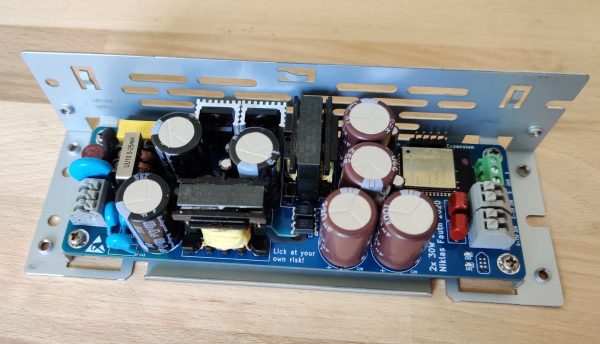Can you run Doom on the Amiga? No, not really, and arguably that was one of the causes for the computer’s demise in the mid-90s as it failed to catch up on the FPS craze of the PC world. [Krzysztof Kluczek] of the Altair demogroup has managed not exactly to remedy that status with the original article, but to show us how a potential contender could’ve been designed for the unexpanded Amiga hardware back in the day.
Many developers tried to emulate the thrill and ambiance of the id Software shooter, but they all required high-end Amigas with faster processors and expanded memory, limiting their player base on an already diminished demographic. Not only that, but even with fancier hardware, none of them quite managed to match how well Doom ran on your run-of-the-mill 486 at the time. [Krzysztof] isn’t trying to port Doom itself, but instead creating an engine custom-designed to take advantage of, and minding the limitations of the OCS Amiga as it existed in 1987. The result is Dread, a 2.5D engine that resembles the SNES port of Doom and uses assets from the Freedoom project in order to remain copyright-abiding.
It might not be Doom, but it’s a good peek at what the 33-year old hardware could’ve done in the right hands back then. Technically it already surpasses what the Wolfenstein 3D engine could do, so there’s an idea if someone ever aims to make a straight up port instead of their own game. If you like seeing Doom run on machines it wasn’t meant to, boy do we have some posts for you. Otherwise, stick around after the break for two videos of Dread’s engine being demonstrated.
Continue reading “Doom Clone Shows What An Alternate-Reality Amiga Could’ve Had”














